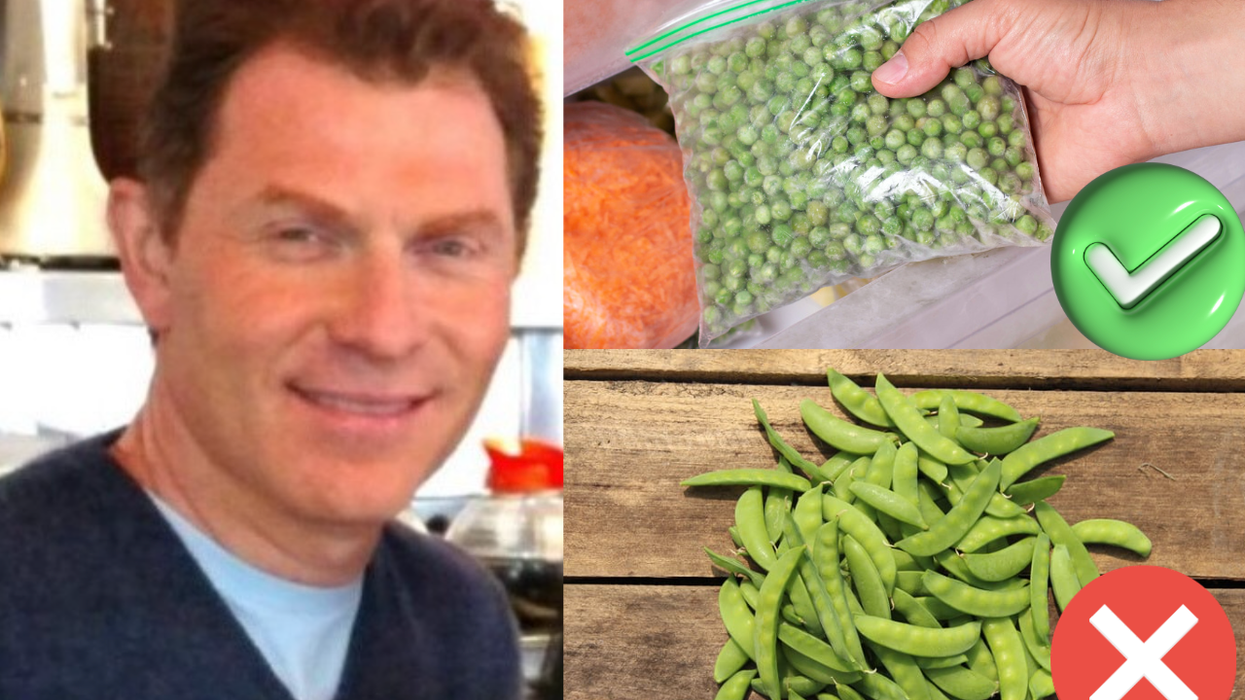The compost pile and worm bin are no longer the only appropriate resting places for peach pits, banana peels, and apple cores. The Fraunhofer Institute for Interfacial Engineering and Biotechnology IGB, Europe's largest applied research center, announced last week that it will begin turning old produce into bio-gas at a pilot site in Stuttgart, Germany. Conveniently located next to the city's wholesale vegetable market, the facility will use microorganisms to transform food scraps into methane gas, which can power a car once compressed and emits less carbon dioxide during combustion than gasoline.
According to the research lab, the conversion process from fruit to fuel will only take a few days. But the challenge lies in dealing with the inconsistency of the raw materials—the acidity of a mound of food scraps can vary wildly. (Oranges are acidic. Lettuce, not so much.) The facility's managers have to adjust the pH balance of the system accordingly to keep the microorganisms that do the converting work healthy and happy.
While other researches are working on converting fruit peels into fuel and plastics elsewhere, one exciting aspect of Fraunhofer's project is the versatility of all the components it generates, not just the bio-gas. Making methane releases carbon dioxide and waste liquid, both of which are captured and used to nourish the 21st century's hippest organism: algae, another feedstock for biofuel. And the only waste product, a "sludgy fermentation residue," is shipped to another lab in Switzerland where it's made into even more methane.
Via Gas 2.0; Photo courtesy of Fraunhofer














